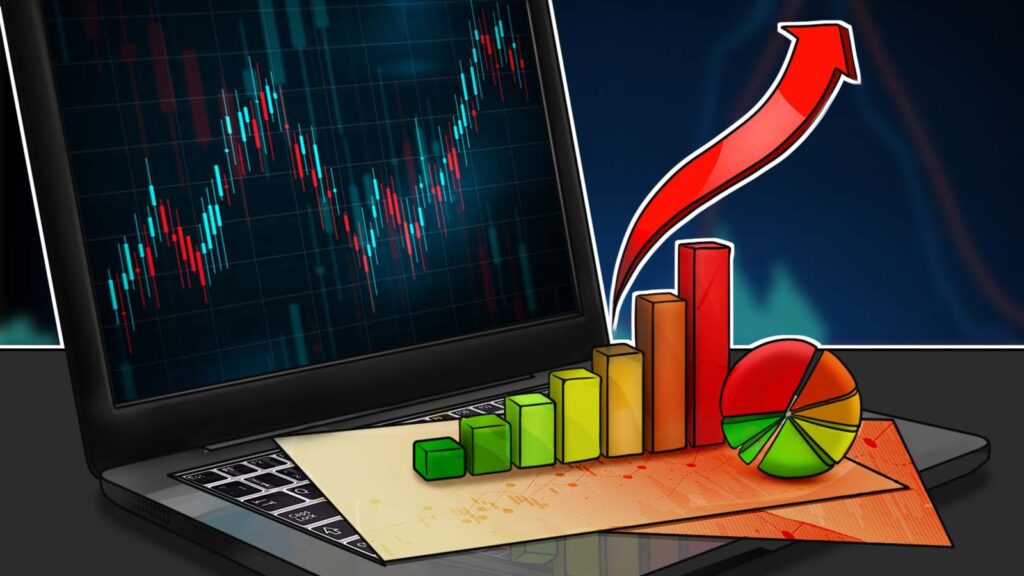In the traditional financial world, market-making refers to a specialized business that buys and sells stocks, commodities, or other financial assets. This activity is done in a way that maximizes profit and minimizes risk. Usually, a trader makes a profit by buying and selling assets at a very high volume. This is called the spread.
A market maker’s success depends on the size of the spread, the time between trades, and the number of trading pairs traded. Traders can only be profitable if they can consistently make large volumes of high-volume trades at a low enough spread to offset the inventory risks and execution costs.
This is why market makers are a necessary component of any modern exchange, where millions of traders and trading pairs are active at any given time. Without them, it would be impossible to have a functioning, competitive exchange with high liquidity and a strong reputation in the industry.

Source: bsc.news
DeFi market making has made market-making more accessible than ever before. Anyone can now become a market maker and start making money in markets that previously were out of reach to the unseasoned retail investor.
The main challenge that market makers face when making money in DeFi is the fact that some of the assets are difficult to assess. This category includes risk-linked securities such as catastrophe bonds, which pay out only if a specific and unpredictable event occurs. This makes it difficult for market makers to develop the sufficient predictive ability to capture profits in these markets.
To tackle this issue, many DEXs are adopting a model called Automated Market Makers (AMMs). These AMMs pool together liquidity provided by other users and make the market accordingly to a deterministic algorithm.
As a result, they can reduce the fees paid by both regular and high-volume traders. This enables them to gain market share for all asset categories, which is crucial in a volatile crypto environment.
AMMs also allow for a more liquid trading experience on the exchange, as they can pool together the liquidity of many assets rather than just one. This reduces the need for order books and allows users to execute orders automatically.

Source: cryptotimes.io
Despite their popularity and growth, AMMs aren’t perfect yet. While they have helped democratize liquidity provision, the current AMM model still needs to be enhanced in order to align more closely with DeFi’s ethos.
The evolution of AMMs is important because it demonstrates that the DeFi community is moving forward in creating new solutions to problems faced by the cryptocurrency space. This will enable the industry to grow at a rapid pace while minimizing the risks associated with liquidity provision.
In addition to removing the need for order books, AMMs can help mitigate Impermanent Losses caused by a divergence in token prices on a decentralized exchange. This can happen when a user withdraws their tokens at a distorted price and the prices on external markets are higher or lower than they were at the deposit. This causes the user’s deposited tokens to lose value, which can be avoided through arbitrage trading.



